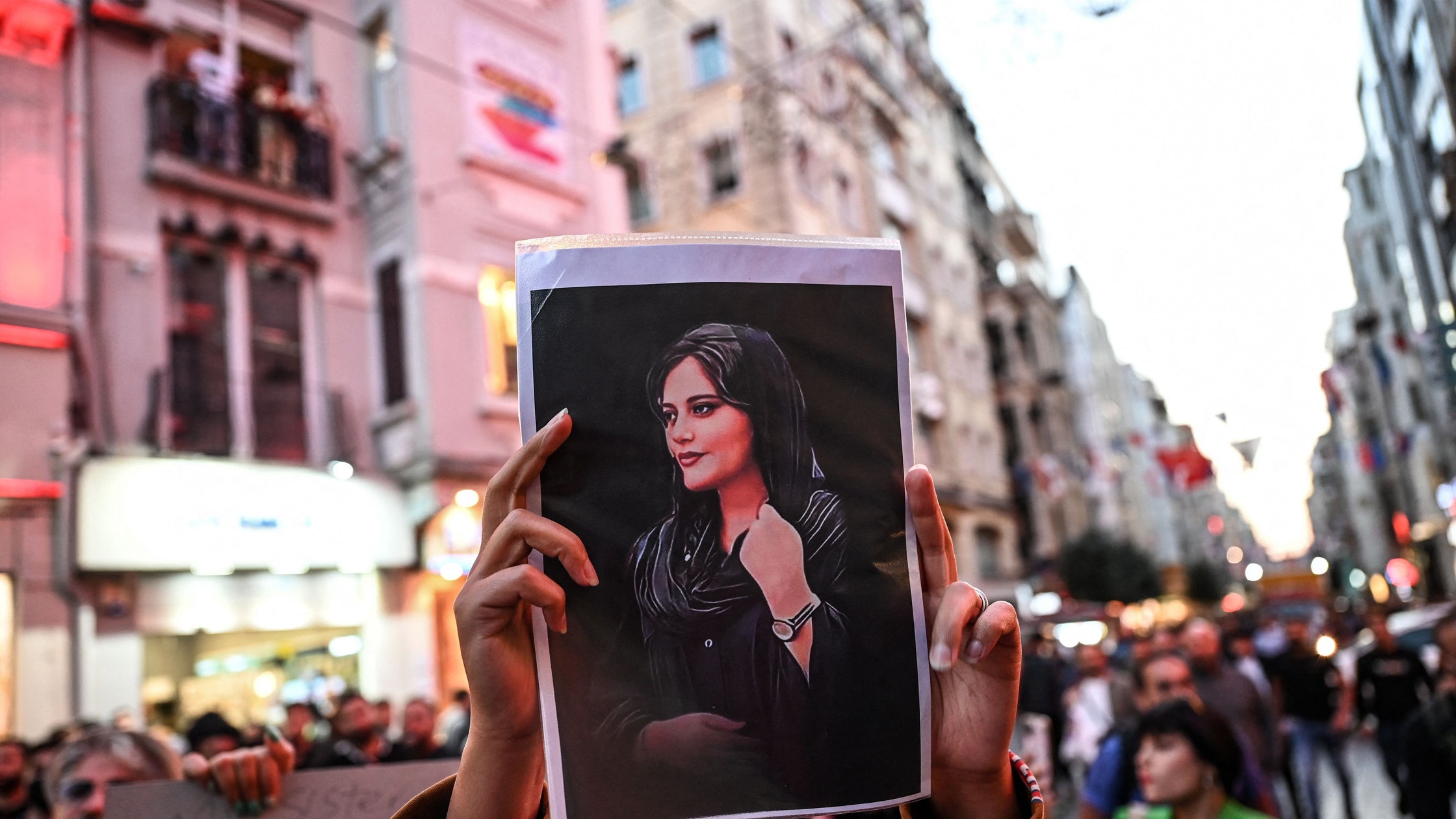By now, the world knows her name: Mahsa “Jina” Amini. On 13 September, the 22-year-old ethnic Kurdish woman was arrested in the capital Tehran by the so-called “morality police” for “violating” mandatory hejab. According to her brother, it was two hours between the time she was taken from the police station to the hospital. After spending three days in an ICU – it is widely believed that the morality police had brutally beaten her – Amini died on 16 September. Her story, initially a Persian language hashtag (#Mahsa_Amini), spread rapidly throughout the country, ultimately fueling widespread protests in 30 out of 31 provinces.
Women and Gen Z are Leading the Charge
Mandatory hejab has always been regarded as a symbol of oppression under the Islamic Republic and a primary means of controlling women, who constitute 60 per cent of the country’s university graduates. While women are at the forefront of these protests—removing, and in some cases, burning their headscarves, and even cutting their hair—this movement is predominantly driven by the youth, particularly Iranian Generation Z. This tech-savvy generation has grown up with the internet and social media, albeit in a heavily censored environment.
Approximately 60 per cent of Iran’s 84 million population is under the age of 30, governed by an aging clerical establishment with which they feel disconnected. The frustration of this younger generation has been simmering for quite some time, fueled by the ability to view the world beyond their borders through circumvention tools that bypass internet censorship.
Why These Demonstrations Feel Different
Since December 2017, Iranians of various sociopolitical backgrounds have been protesting against mismanagement, corruption, and expressing general disillusionment with the Islamic Republic. However, the ongoing movement’s youth-driven nature marks a significant departure from previous protests. It’s not merely about the morality police or mandatory hejab; it encompasses a broader struggle against the status quo.
Protesters across numerous cities are declaring their desire for change, with chants of “Death to Khamenei,” underscoring their refusal to accept an Islamic Republic any longer. The intensity of the slogans reflects their commitment to reclaiming their nation.
The Role of Social Media in the Protests
Over the years, the internet has been instrumental in disseminating information about these demonstrations and allowing international media to document human rights violations by security forces. Social media has emerged as a crucial tool for activists to voice their experiences globally. Recognizing the potential power of the internet, authorities have previously attempted to shut it down to obscure the realities of the unrest.
As the protests continue with increasing fatalities and arrests, maintaining internet access remains essential for the people of Iran. Consequently, the US government has updated its general license for internet freedom, reflecting its commitment to support the Iranian populace.
How to Help the Movement
Individuals can contribute to the cause by advocating for their representatives to support the movement, sharing verified news about the situation in Iran, and participating in peaceful solidarity demonstrations across the globe. Financial contributions to international human rights organizations focused on Iran can also amplify the movement’s visibility.
Some notable organizations that one might consider supporting include Justice for Iran, Iran Human Rights (IHRNGO), and the Human Rights Activists News Agency (HRANA). Increasing visibility on these issues can put additional pressure on the Iranian government, which is critical for creating real change.




